In 2007 Apple introduced iPhone, emphasizing that virtually every significant aspect of its entirely new experience and industrial design was protected by patents. Three years later a global patent war erupted. Who's to blame?
There's an often repeated idea that Apple has abused its patent portfolio to restrain competitors and hold back innovation using dubious patents, but this is all actually quite backward, as a factual review of the history of iPhone IP Wars demonstrates.
Apple continues to win the majority intellectual property cases
In late 2012, a U.S. Federal Court jury trial awarded Apple over $1 billion in damages for Samsung patent infringement (in a case later partly retried and separately appealed) while awarding Samsung nothing for its own series of patent infringement claims.
Last fall, the Obama administration vetoed efforts by Samsung to ban imports of certain Apple mobile products over a 3G-related patent of its own. The International Trade Commission then granted Apple an import ban against certain infringing products from Samsung and Motorola in two separate cases.
This may create the appearance that Apple is getting preferential treatment in the United States in the handling of its intellectual property rights. However, there's a big difference between Apple, Samsung and Motorola in the patents each is asserting and what each is demanding. It's also noteworthy that Apple didn't start the iPhone IP wars.
While many pundits expected Apple to bring patent lawsuits against Palm in early 2009 after the release of webOS, the company elected not to, despite the fact that the tech media had played up the Palm Pre as a major threat to the iPhone.
Nokia instigates iPhone IP War: 2009
Instead, starting in October 2009, Apple became the target of other mobile makers' patent lawsuits when Nokia first initiated a patent lawsuit against Apple over wireless patents.
Nokia's litigation was intended to make up for the company's failure to compete in the smartphone market against iPhone with its own Symbian and Maemo platforms. Nokia had witnessed the iPhone crush its global business, particularly at the high end of smartphones, which were by far the most most lucrative segment of its business.
Apple responded with a defensive patent suit of its own. The two companies settled out of court 20 months later, with Apple paying negotiated royalties and signing a limited cross license of patents. After winning an large infusion of cash via its settlement from Apple, Nokia now continues to struggle in its partnership with Microsoft under the Windows Phone platform, and recently entered into a deal to sell its smartphone business to Microsoft.
Smartphones spark U.S. lawsuits: 2010
In March 2010, Apple launched an initial lawsuit against HTC, alleging infringement of 20 patents related to iPhone. After 32 months of wrangling, including HTC's assertion of patents provided to it by Google; HTC's ineffectual acquisition of S3 to gain patent ammo and an ITC import ban sought by Apple in early 2011, the two companies agreed to settle out of court with a ten-year, limited cross licensing arrangement in November 2012.
In October 2010, Motorola Mobility sought to impose an ITC import ban against Apple, resulting reciprocal legal action by Apple. Claims on both sides were dismissed by Judge Richard Posner in June 2012, although both sides have appealed the decision.
Judge Posner has described patents (at least in the smartphone industry) as being, in his opinion, unworthy of protection by the courts. This has helped turned America's patent-related lawsuits into a crapshoot where the outcome is based simply the arbitrary feeling of the particular justice ruling that day.
Last August, an appeals court reprimanded the ITC and reversed its decision on two of Apple's patents. In November, Google's motion for a new hearing on that matter was denied.
Apple sues Samsung as Android tablets sputter: 2011
Apple filed its first federal complaint against Samsung in April 2011, a year after its case against HTC started and 18 months after it first entered smartphone legal issues initiated by Nokia. Apple's delay was motivated by a desire to maintain relations with Samsung as one of its critically important suppliers; Apple had been roughly tied with Sony as being Samsung's largest component customer.
Apple's initial 2011 suit targeted the trade dress and technology of Samsung's first Galaxy S and Galaxy Tab. Samsung's Galaxy phone had appeared one year after the release of iPhone 3GS, while its new tablet was unveiled in late 2010, ten months after Apple introduced the iPad. Months later, Google introduced Android 3.0 Honeycomb, enabling a new generation of Galaxy Tab models that looked even more like Apple's iPad.
Both of Samsung's new Galaxy products were tremendous advances upon the company's previous i5700 flagship Android phone and its $775 Q1EX-71G Tablet PC, of which Fast Company had originally described as "a taste of what an Apple tablet might be."
Samsung's Windows UMPC turned out to be nothing like Apple's iPad, in appearance, in functionality, in capability or in desirability. Instead, it was Samsung that belatedly delivered Apple's flavor.
How it did so was detailed by Samsung in an extensive 132-page internal document subsequently revealed in the trial: a crash course effort over just a few months where Samsung abandoned its own designs to copy every facet of Apple's work, from the product hardware to software features right down to screen icons, product packaging and related accessories.
The trial also revealed that Apple had expressed immediate concerns about the Galaxy S after its launch in June 2010, but Samsung refused to address those patent infringement issues. Apple prepared to go to trial after Samsung brazenly expanded its efforts to make its products, marketing, packaging and accessories appear identical to Apple's.
Both faster than expected and not faster than expected
At the beginning of 2011, Samsung announced the "Galaxy S smartphone has achieved worldwide sales of 10 million units, while the Galaxy Tab - an Android-powered tablet device - attracted strong year-end demand."
Samsung didn't say how many Galaxy Tabs it sold, but The Wall Street Journal noted at the time that "in early December, Samsung announced it had sold 1 million, declaring that sales were going 'faster than expected' Then, in early January, Samsung announced sales of 2 million."
However, that report also pointed out that Samsung's "sales" were really just "shipments," and quoted Samsung executive Lee Young-hee as saying, just two weeks later, that the company's "sell-in was quite aggressive" for the Galaxy Tab because the company believed "it was required to have consumers invest in the device. So therefore, even though sell-out wasn't as fast as we expected, we still believe sell-out was quite OK." (Emphasis added.)
Samsung growth engine shifts from suppling Apple components to selling Apple copies
For 2010, Samsung's profits had grown dramatically over the previous year: 58 percent overall, with gross margins up from 8 percent to 11.2 percent. However, most of Samsung's profits (58 percent) and nearly all of its growth had come from its semiconductor business, fueled by Apple's huge component orders.
As Apple's patent lawsuit slowly progressed in 2011, Samsung realized it couldn't sell many full priced tablets but could sell lots of subsidized phones. Alongside a new Galaxy S II, Samsung had been successful in selling a "phablet" hybrid, the Galaxy Note, which was designed to deliver a tablet-like device with a smartphone-like subsidy.
For 2011, Samsung announced a 79 percent increase in operating profits, and a 52 percent increase in its mobile sector, "growth mainly driven by strong sales of Samsung's Galaxy S II and Galaxy Note."
Samsung portrays itself as the next big thing: 2012
Throughout 2012 and into 2013, Samsung continued to copy Apple in nearly every respect, from its commercials to its retail store efforts, some of which were even decorated with Apple's iPhone icons.
Emboldened by the slow progress of Apple's patent case, which was further slowed by Samsung's series of efforts to sandbag any legal progress in the case, Samsung released its Galaxy S III and Galaxy Note 2 in 2012, further expanding its mobile sales by leveraging its much greater, established channel for selling phones.
By the end of September 2012, Samsung had firmly entrenched the idea among members of the media that its mobile device sales were poised to destroy Apple and take away its business, inline with its internal "Kill Apple" offensive.
Samsung's Crisis of Design shifts to a Design of Crisis for Apple
Samsung worked throughout 2013 to invent the idea the Apple had suddenly run out of "innovation," and the tech media, weary of writing about Apple's success, played along.
Business Insider, for example, reported "disappointment" regarding a lofty expectation that Apple would sell ten million iPhones in one weekend (despite being based solely upon one analyst's guesses) while at the same time setting a very low threshold for congratulating Samsung: ten million phones shipped in a month.
This type of slanted reporting resulted in the perception that Samsung was selling more high end smartphones than Apple, despite the fact that Samsung wasn't reporting nearly as much profit. Unlike Apple, Samsung wasn't consistently reporting how many phones it sold.
It wasn't until the end of 2013 (when Samsung's executives collectively spilled enough sales data to clarify beyond any doubt that the company had actually sold only about two thirds as many premium smartphones as Apple) that it was understood that Samsung's entire blustering campaign of having blown past Apple, taking Android with it to a leadership position, was all just hot air.
Media sources, however, continued to report that Samsung was selling more "smartphones" than Apple, despite the fact that Apple was only selling modern, powerful and profitable iPhones while Samsung was predominately shipping low end, low profit devices like the Galaxy Y, a slight of hand that also fueled a massive erosion in Average Selling Price.
The Samsung charade began to run out of innovation itself after the awkward launch of its Galaxy S4 flagship, and particularly as its premium sales failed to live up to the company's own expectations, let alone the guesses of its most optimistic analysts. "We are amazed by how analysts and the media have turned on Apple during the recent stock downdrafts with statements that Samsung is 'out-innovating' Apple. One would believe that Samsung is crushing Apple in the mobile phone market. We believe this is complete nonsense" - Brian White, Topeka Capital Markets
Samsung's Galaxy S4 flagship performed so poorly that it forced the company to shift its Application Processor strategy, returning to its negotiations with Apple with more favorable fab pricing in order to sustain its production volumes.
As analyst Brian White of Topeka Capital Markets observed, "we are amazed by how analysts and the media have turned on Apple during the recent stock downdrafts with statements that Samsung is 'out-innovating' Apple. One would believe that Samsung is crushing Apple in the mobile phone market. We believe this is complete nonsense."
A second Apple vs. Samsung trial looms
Three years after Apple initiated its first U.S. lawsuit against Samsung, a second trial is gearing up to focus on five additional Apple patents and four presented by Samsung (half of which the company acquired from third parties for litigation purposes).
Apple filed its second suit in late 2011, roughly a year before being awarded its $1 billion win by the first jury. However, the wheels of the court are moving so slowly that the second trial, which begins next Monday, won't even cover Samsung's last Galaxy S4 flagship released in the first half of last year.
Apple is being tasked with developing new products that can compete with Samsung, a company that documented its own efforts in illegally copying every possible detail of Apple's products.
At the same time, Apple's engineers and executives are being taken away from their work to deal with litigation. The company also faces intense criticism for "litigating rather than innovating," despite the fact that it is clear that Apple is not only focused on innovation, but started out as the target of litigation by mobile firms including Nokia and Motorola.
The facts involved in Apple's second lawsuit against Samsung, which AppleInsider will outline in its ongoing coverage of the trial, are even more compelling than those in the first. But first, consider a primary reason why members of the media have so often gotten the facts wrong in their coverage of Apple vs. Samsung, a subject addressed in the next segment.
 Daniel Eran Dilger
Daniel Eran Dilger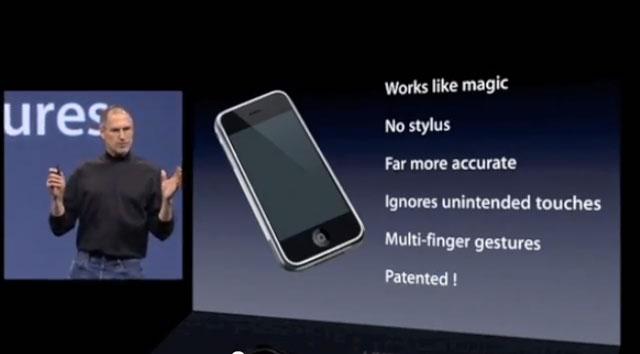
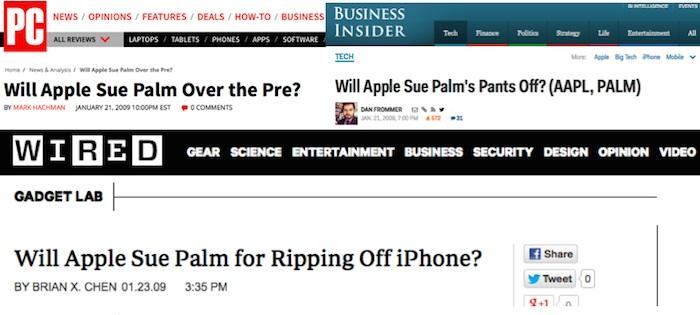
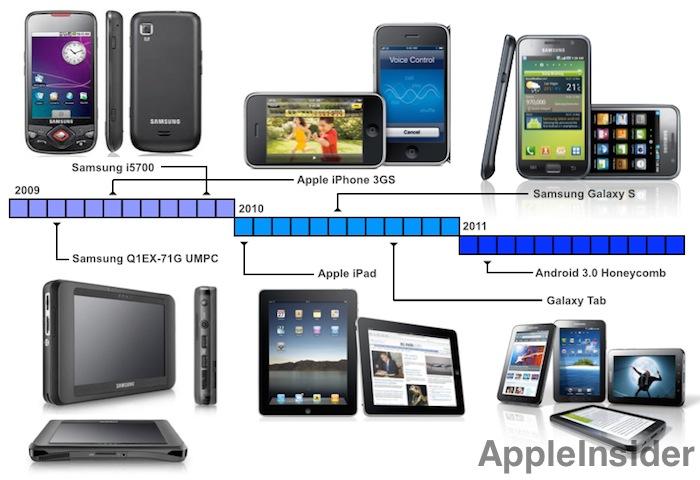
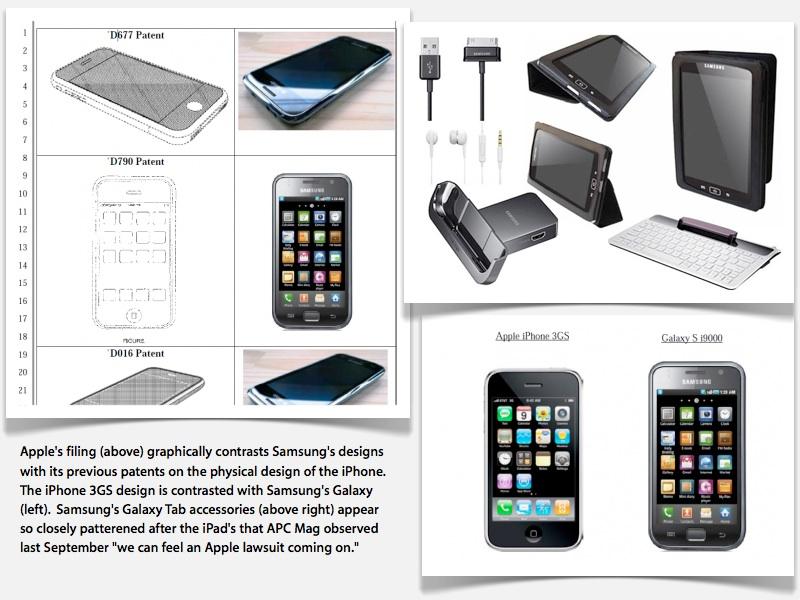
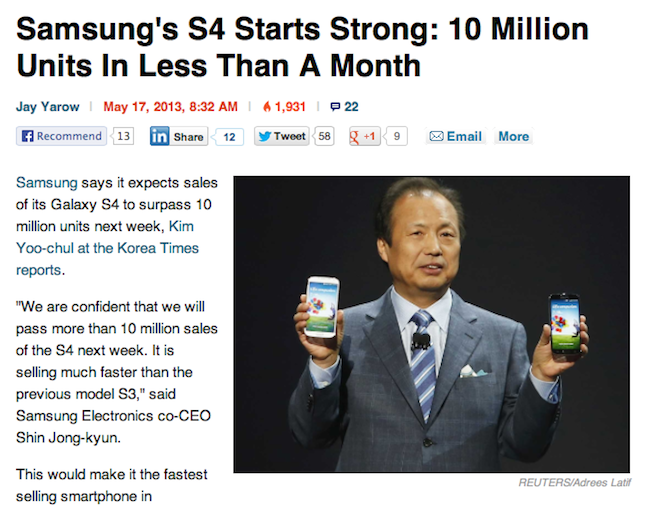
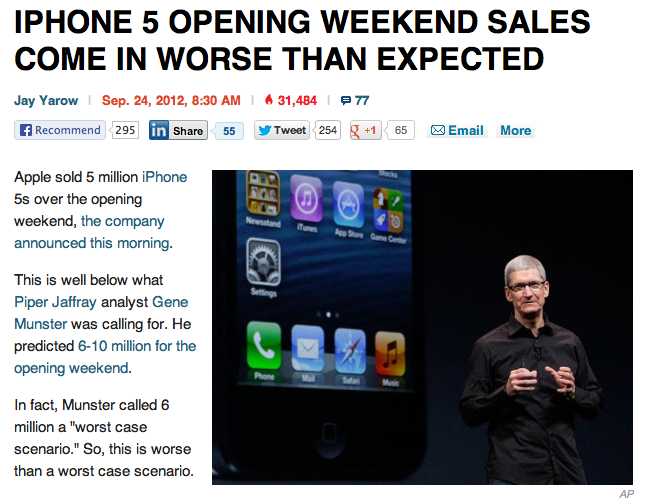







-m.jpg)






 Christine McKee
Christine McKee
 Wesley Hilliard
Wesley Hilliard
 Malcolm Owen
Malcolm Owen
 Andrew Orr
Andrew Orr
 William Gallagher
William Gallagher
 Sponsored Content
Sponsored Content


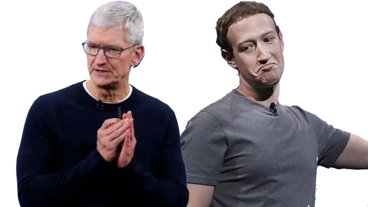





34 Comments
[quote name="AppleInsider" url="/t/174347/iphone-ip-wars-nokia-vs-apple-vs-htc-motorola-samsung#post_2503370"] At the same time, Apple's engineers and executives are being taken away from their work to deal with litigation. The company also faces intense criticism for "litigating rather than innovating," despite the fact that it is clear that Apple is not only focused on innovation, but started out as the target of litigation by mobile firms including Nokia and Motorola.[/quote] http://www.fosspatents.com/2011/08/proof-apple-attacked-motorola-not-other.html Timely article from AI with the new trial getting ready to start.
"Hey, Dan... Yeah, how ya doin'? Cool, cool. So, we need a new 10,000 word story for tomorrow. Think you can throw together another one of your usual pieces for us under the standard arrangement? We need you to make this one really clicky, so feel free to go wild. Awesome, dude. You're a real lifesaver."
Timely article from AI with the new trial getting ready to start.
This is as much a PR war as the patent war. It was very interesting the fact that "Motorola sued Apple in 2010 for MP3, Wifi, and GPRS patents" was conveniently omitted in many reference (including a revised Wikipedia) to make the appearance of Apple sued everyone Android.
Here is the reference of the original Motorola suit that was dated Oct 7, 2010, and it was before Motorola split into Mobility & Solutions in January 2011.
http://www.digitaltrends.com/mobile/motorola-sues-apple-over-18-patents/#!BBu5W
And ever since the iPhone came out, Apple was targeted by patent trolls:
http://tech.fortune.cnn.com/2013/08/28/apple-patent-troll-npe/
"Hey, Dan... Yeah, how ya doin'? Cool, cool. So, we need a new 10,000 word story for tomorrow. Think you can throw together another one of your usual pieces for us under the standard arrangement? We need you to make this one really clicky, so feel free to go wild. Awesome, dude. You're a real lifesaver."
I second the compliment, Daniel. Your arguments are so carefully written that they always touch a nerve and provoke the ire of readers who can only criticize their thoroughness.